Museums and memorials: The places forever marked by WWII
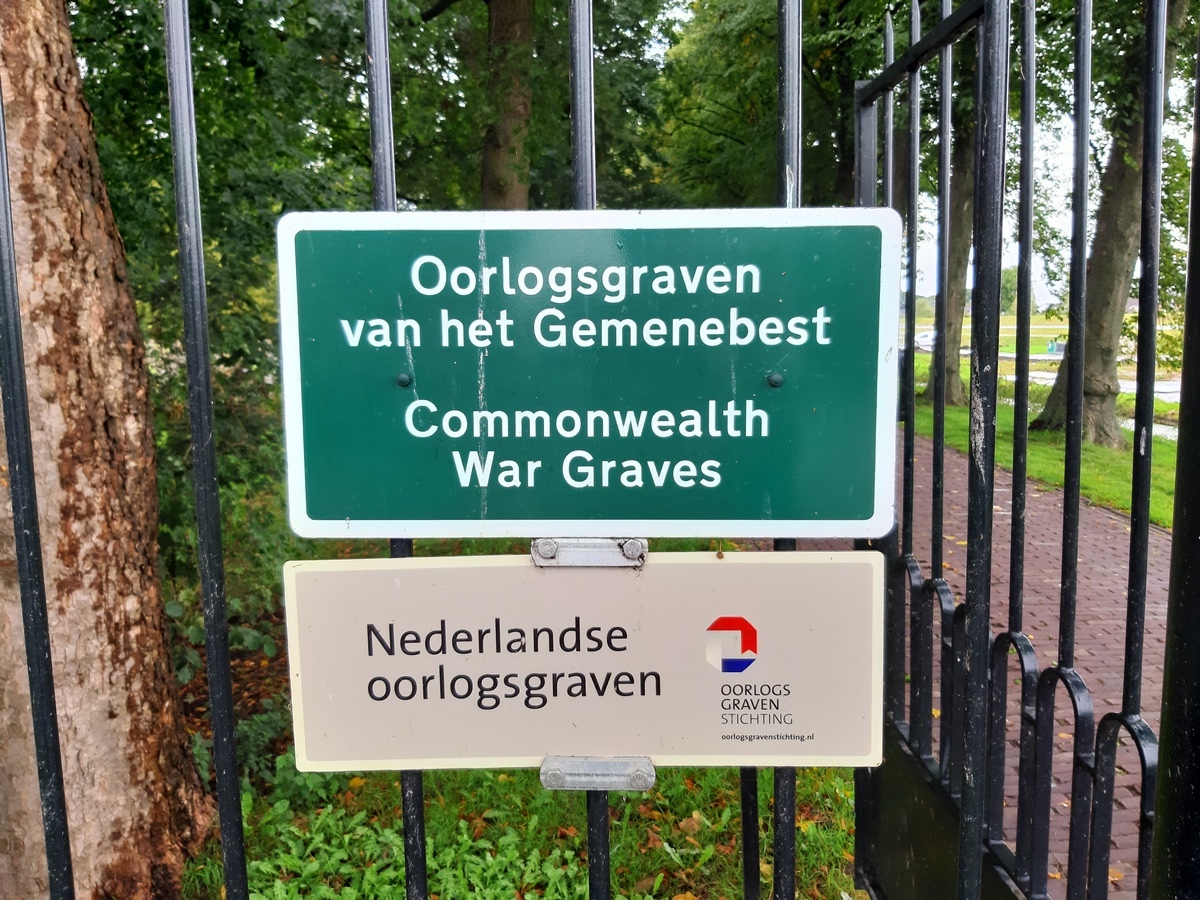
The Netherlands celebrates 80 years since the end of World War II on May 4 and 5. The war may have ended in 1945, but there are many traces of the conflict still visible in towns, villages and the countryside. Here are just a few of them:
Stumbling stones
The Stolpersteine or stumbling stones project was launched by German artist Gunter Deming in 1992 and aims to commemorate individuals at the place they lived before they fell victim to the Nazi terror.
You will find concrete blocks, topped by a brass plaque, embedded into pavements all over the country. The first Dutch town to place the stones was Borne, but there are now thousands all over the country, including Amsterdam, The Hague, Rotterdam, Hilversum, Gouda, Eindhoven and Oss.
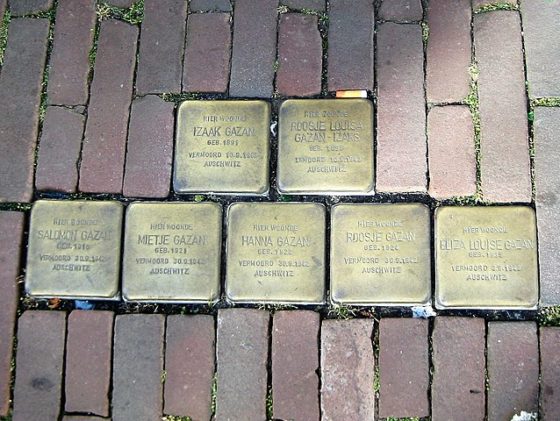
The Atlantic Wall
If you ever wander along the Dutch coast, you may have come across partly hidden concrete structures – the remains of the network of bunkers built during World War II.
The Atlantic Wall was a series of coastal fortifications stretching from the Franco-Spanish border to the northern tip of Norway. Building started in 1942 – some 15,000 structures were planned (14,000 were built), to be manned by 300,000 troops – after Hitler failed to conquer Britain and feared an Allied invasion might be on the horizon.
Many of the remaining bunkers lie buried under sand, or are located on private property. There are some you can visit, including Command bunker 608, with its original communications equipment in The Hague and the Bunker Museum which is located in a complex of six bunkers (and run by dedicated volunteers).
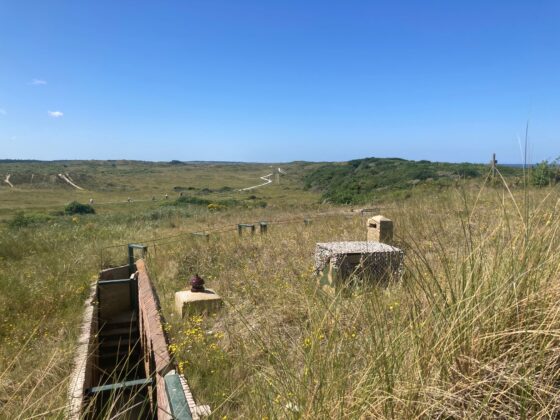
Terschelling also has a bunker museum which centres on the Tiger radar base – one of dozens of Nazi radar bases which covered Europe. Vlieland is another Wadden Island with a bunker museum, which features a Howitzer gun the Germans captured from the Russians and which was stationed in bunker Wn 12H, now home to the museum.
Memorials to the Resistance
You will find plaques and memorials to the Resistance all over the country, but few are more moving or confrontational than the eight large tablets in the Kennemer dune area near Bloemendaal – particularly on a bleak, windy day.
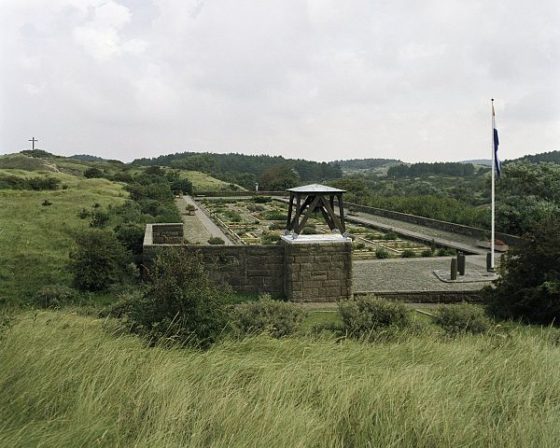
Follow the dune walks and you will come across the marble stones dotted around the valleys. Hundreds of members of the Resistance were shot here and 320 have been buried in the Cemetery of Honour, including Hannie Schaft, or ‘the girl with the red hair’, which you pass by car or bike on your way to the beach.
- A suitcase full of secrets found in Amsterdam’s Jewish quarter after 70 years
- A memorial in Friesland tells the human story of a WWII bomber crew
- Hidden like Anne Frank: children who survived WWII tell their stories
A cycle route in Friesland
A 33 kilometre cycle route in the northeast of Friesland will take you around bunkers and other sites which were key in the air battle which took place over the province. ‘Many people are unaware that there was such a fierce battle above the Wadden Sea area, and all they see are the bunkers and the graveyards,’ said Mark van den Anker of the VisitWadden organisation. ‘We want to put it in perspective.’
The route starts and finishes at the Seedykstertoer in Marrum, which is also home to a small, amateur museum.
Mussert’s Wall
A wall on private land near the town of Ede is all that remains of a rally ground used by the Dutch Nazi party led by Anton Mussert and was given national monument status in 2018 after a long fight to stop it being demolished.
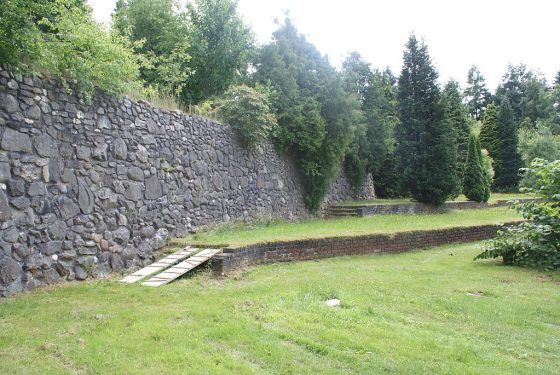
Opinions about keeping the wall are divided. While many feel the wall is part of Dutch history and a reminder of dark times, others think the wall may attract neo-Nazis. Plans to build a museum underneath the wall are – still – in the pipeline.
The Liberation Route
The Liberation Route Europe project is a continuously growing, international remembrance trail, connecting important milestones from the end of World War II and linking the main regions along the advance of the Western Allied Forces.
- 10 things you need to know about the end of World War II in the Netherlands
- How an old archive cabinet revealed a hoard of WWII newspapers
Check the map to plot your route through Drenthe, Gelderland, North Brabant, Limburg, Zeeland and Overijssel. Each site has a multimedia facility, so passers-by can hear a brief description in several languages of what happened on or near that spot. The website too is packed with photos, soundbites and maps, so you can follow the route from your own home as well.
A museum dedicated to freedom
Currently closed because of coronavirus, if you want a more tangible approach to the end of the war, the Freedom Museum in Groesbeek on the outskirts of Nijmegen is well worth a visit. The museum is housed in a space-age dome in the middle of the rolling local landscape, where thousands died in battle during Operation Market Garden and offers a vivid and engrossing look at the story of war and the concept of freedom.
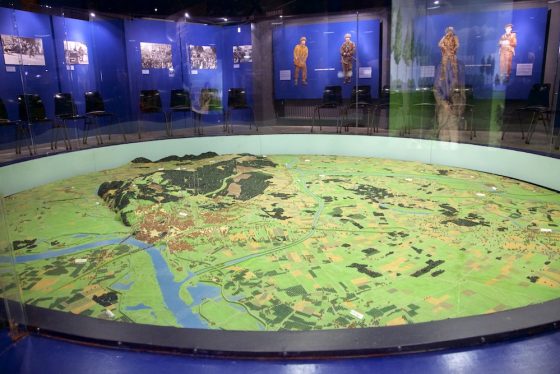
The approach is multi-faceted and World War II is looked at from the different perspectives of everyone involved – from children to German soldiers. The exhibition also asks its visitors to make choices – what would you do if you were offered money to betray the Jewish family you knew were hiding next door?
The Netherlands American Cemetery in Margraten
Some 8,288 American soldiers lie buried at the Netherlands American Cemetery in Margraten in Limburg while 1,722 were reported missing in action. The cemetery is close to locals’ hearts, and since 1945, many in the community have adopted the graves of fallen soldiers, bringing flowers and researching the lives of the service members.
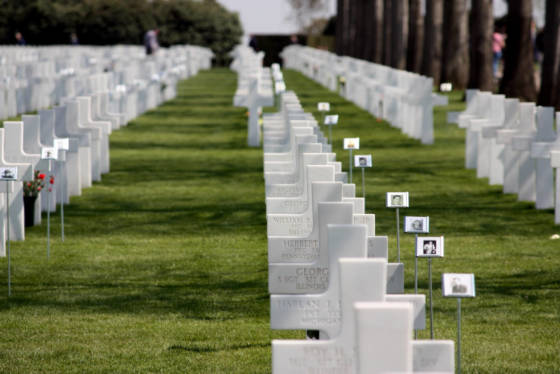
In the Faces of Margraten project volunteers collect photos of the soldiers and displays them as part of the Remembrance Day commemorations.
De Hollandsche Schouwburg
Theatre De Hollandse Schouwburg in the Plantage Middenlaan was requisitioned by the Germans as a gathering place for Jews who were to be deported. Opposite the Schouwburg was a creche led by Henriette Pimentel, who, with other members of the resistance, devised a plan to smuggle out the children, practically from under the noses of the guards.
Babies were taken via the back garden to the creche, where they were put in bags and rucksacks and smuggled out to addresses in the country. Older children were conveniently lost on walks. In 18 months, between 500 and 700 children were saved, although other estimates speak of 1,100. Pimentel died in Auschwitz in 1943.
Memorial to 220 missing airmen
On June 23, 1943, a Short Stirling bomber piloted by Scottish airman Tom McCrorie was shot down over the IJsselmeer. Two of the crew were never found. When locals in the Frisian village of Molkwerum, on the edge of the IJsselmeer, discovered there was nothing to commemorate the missing servicemen, they decided it was time something was done about it.
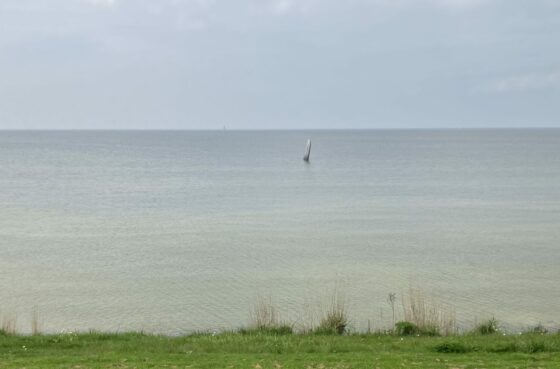
In 2020, they came up with a plan for a national monument for all missing airmen, which took the shape of a four metre-high rear wing of a Stirling bomber sticking out of the water of the IJsselmeer. The monument was unveiled in 2022.
Thank you for donating to DutchNews.nl.
We could not provide the Dutch News service, and keep it free of charge, without the generous support of our readers. Your donations allow us to report on issues you tell us matter, and provide you with a summary of the most important Dutch news each day.
Make a donation